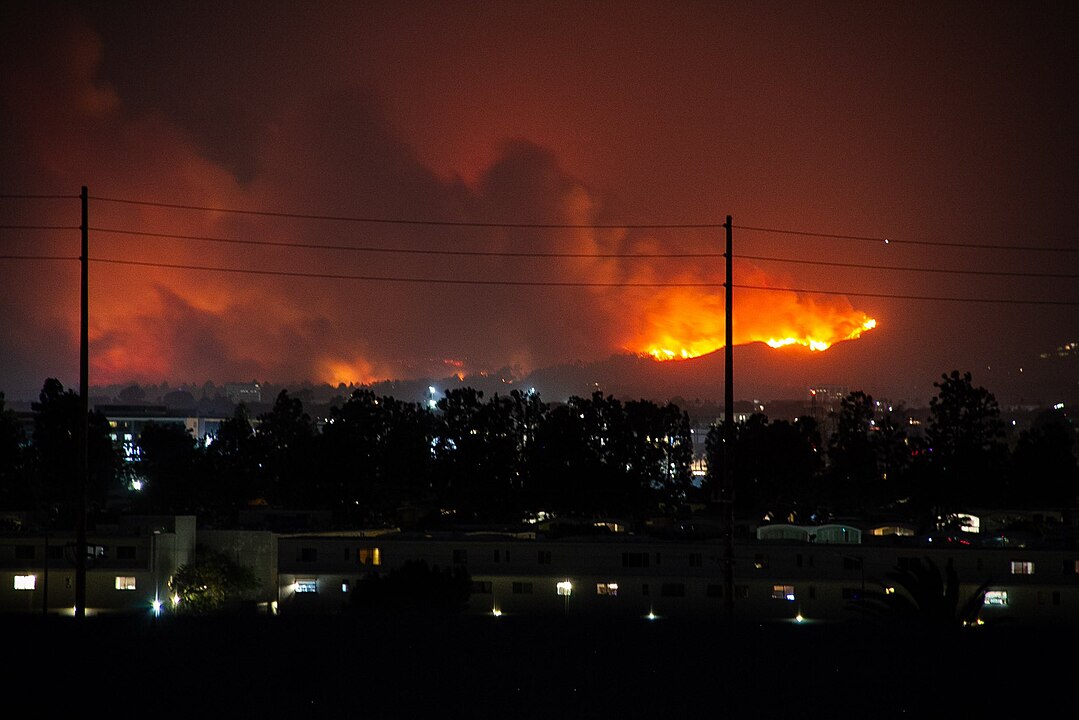Mild to moderate drought conditions have expanded over the past month to include much of west and south Georgia. With temperatures remaining above normal and rainfall below normal, soils continue to dry across the entire state.
Daytime high temperatures through the middle of September have generally been in the 90s across the piedmont and coastal plain. Rainfall for the past month has been between 50 percent and 70 percent of normal for most of the state. The exceptions are northeast Georgia and the lower Savannah River valley, where rainfall has been slightly above normal. Over the past two weeks, rainfall has been less than half of normal across the entire state.
Mild to moderate drought conditions exist in counties south and west of Haralson, Paulding, Douglas, Carroll, Harris, Troup, Muscogee, Chattahoochee, Marion, Schley, Sumter, Crisp, Wilcox, Telfair, Jeff Davis, Appling, Wayne and McIntosh counties, inclusive.
Mild drought conditions also exist in Lincoln, Wilkes and Elbert counties. The remainder of the state is classified as abnormally dry.
Currently, lack of soil moisture is the major drought impact. Across the southern half of the coastal plain, soil moisture is running at the fifth percentile. That means that 95 out of 100 years we would expect the soils to be wetter than they currently are in this region.
Dry soil, mixed blessing
The soil dryness has been a mixed blessing for farmers. For crops that are mature, this has made harvesting easier. The exception is peanuts. Producers are irrigating fields so that peanuts can be dug, or harvested from the ground. Many crops have not reached maturity and still need some moisture.
Streams are dropping across the state. In southwest Georgia, stream flows are near the 10th percentile. At that percentile we expect more water in the streams 90 out of 100 years. In south-central Georgia, the Little River near Adel and the Withlacoochee River near Quitman are at record low flows for the middle of September.
Across northwest Georgia, stream flows are also near the 10th percentile. Conditions across northeast Georgia are marginally better with stream flows generally around the 20th percentile, which means the streams would have more water flow 80 out of 100 years.
Wildfire risk
As the dryness worsens over the next few weeks, wildfire danger will increase. Currently, wildfire danger across the state is rated from high to extreme. Anyone involved in outside activities needs to be very cautious. Because of the dryness, any fire, regardless of how small, can quickly get out of control. Contact the Georgia Forestry Commission for specific details concerning wildfire risk and outdoor burn permits and requirements.
Dryness across the state is expected to increase over the next several weeks unless Georgia receives beneficial rains from one or more tropical disturbances, such as a tropical storm or hurricane.
Through the winter, the dryness may increase. The ocean-atmosphere system has switched to a La Niña pattern. The La Niña pattern is associated with dry, warm winters across much of the Southeast. This means that we may have minimal recharge of the hydrologic system this winter. This increases the probability of widespread and significant drought for next year. It is too early to tell exactly how the La Niña pattern will impact Georgia, but we need to be aware of the possible short-term tropical impacts and the long-term drought impacts.
Up-to-date information on dry conditions across Georgia can be found at www.georgiadrought.org. Updated weather conditions can be found at www.georgiaweather.net.






